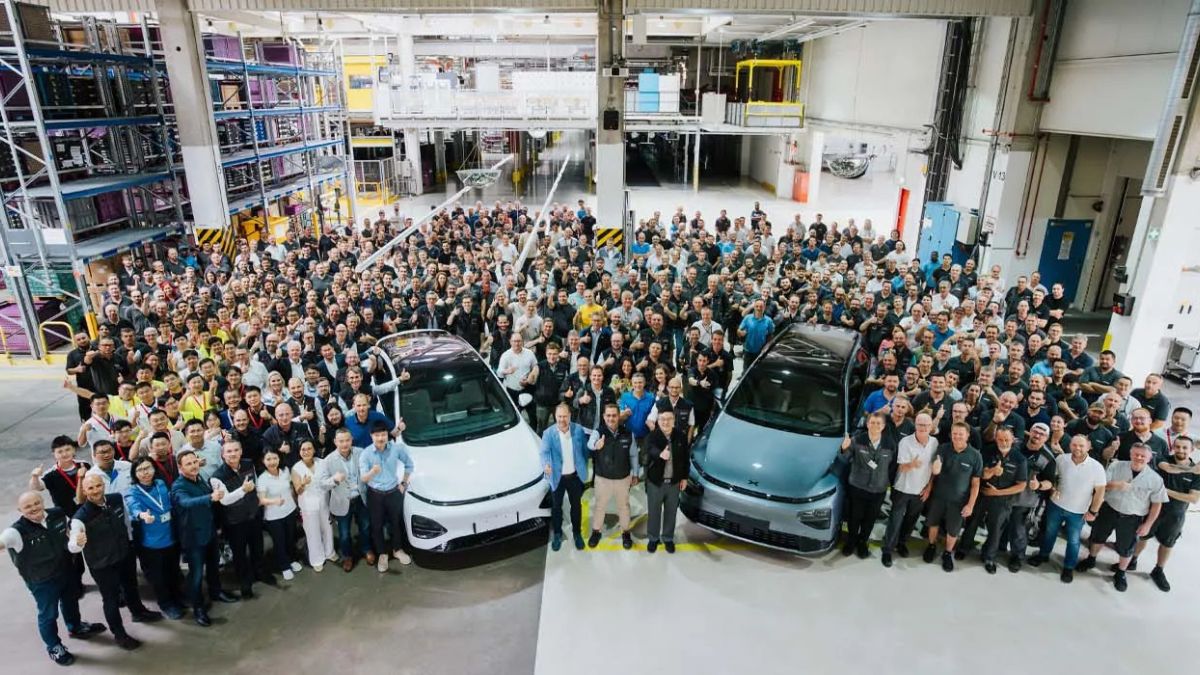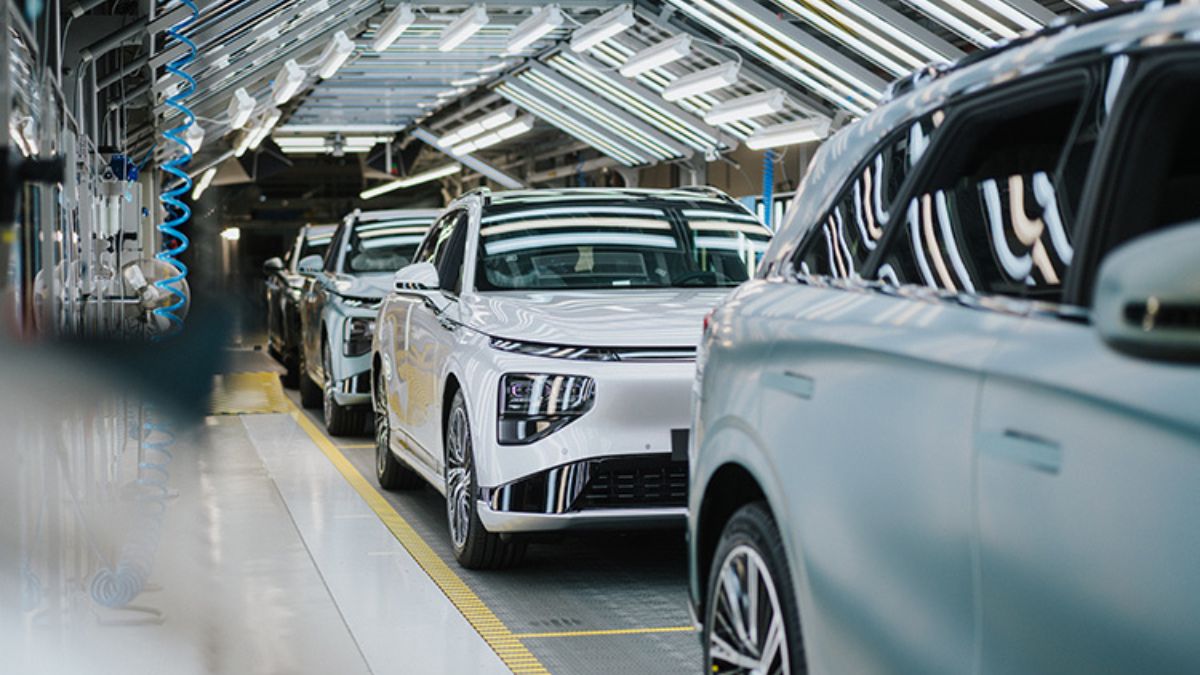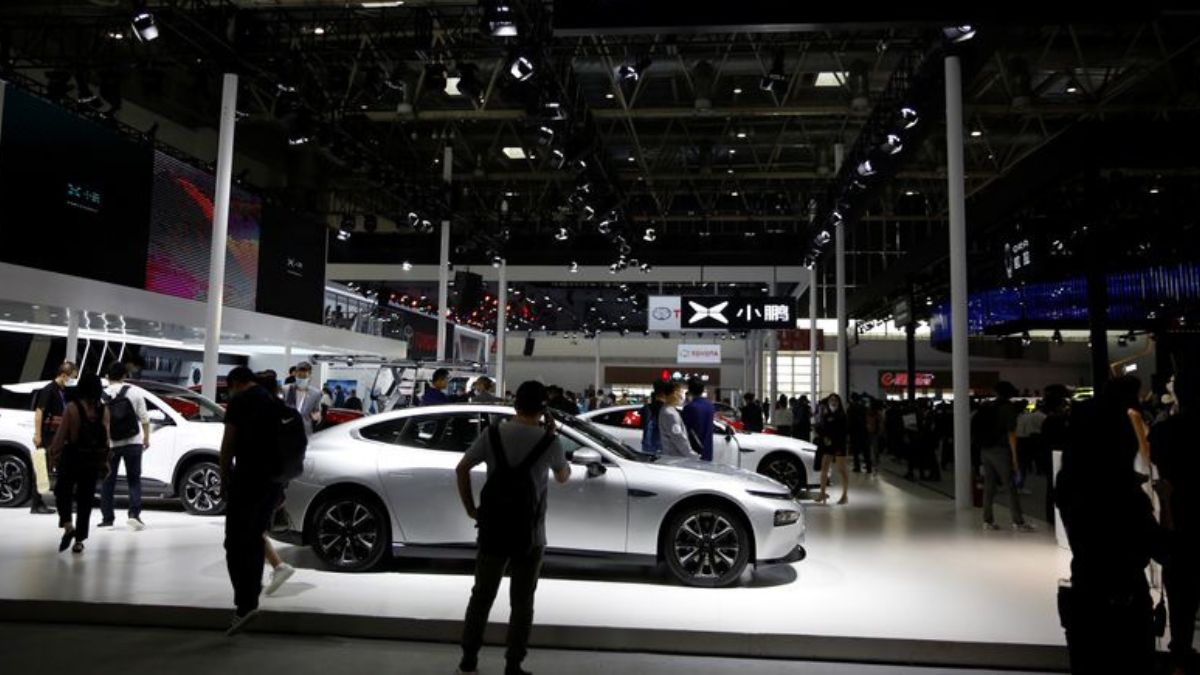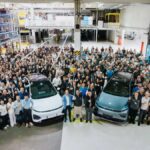Physical Address
304 North Cardinal St.
Dorchester Center, MA 02124
Physical Address
304 North Cardinal St.
Dorchester Center, MA 02124

XPENG Motors signed a big contract with Magna International last weekend to build all the electric vehicles for the company at Magna Styr’s cutting-edge facility in Graz, Austria. This brings one of China’s most rapidly growing EV innovators together with a global automotive supplier that is headquartered in Canada and respected for its deep expertise in manufacturing cars. For XPENG, the alliance offers an economic and well-situated way to enter Europe, keeping the considerable financial and logistical obstacles of constructing a new plant at bay. For Magna, it provides additional production capacity for its Austrian facility and helps to confirm their status as the leading contract manufacturing partner in electric mobility today.
Xpeng, a large Chinese Original Equipment Manufacturer (OEM), has been expanding its global network in recent years. Since 2021, it has been concentrating on Europe. It started with Norway–a country that long ago embraced e-cars–before then turning to Denmark, the Netherlands, and Germany. Europeans expect the highest levels of safety, design, and sustainability from their products. Meeting their standards calls for more than simply sending cars by boat from China. Importing vehicles totally into Europe presents challenges such as tariffs, extended shipping times and meeting European homologation standards. Xpeng’s choice of making its cars in Austria is an indicator of its determination to stick with the market forth long term. This allows forum members to see what Xpeng is saying it wants to operate in Europe not only now with an established product range but into the future as well. An EV, after all, is not just a car driven and paid for by electricity points. Where and how it is made stand to affect not only the market but also industry policy in many ways Qing Palace 1.5km floor area is on four levels ^ Besides convenience Local production helps Xpeng to make its cars more robustly positioned within the existing constellation of European automakers. At the same time as it avoids these costs, local production brings their autos closer to home not only in distance but also environmentally through its cutting shipping emissions. It sends an important political message as well.
Magna International is one of the world’s largest and most respected automotive suppliers. Headquartered in Canada, the company has more than 130,000 employees worldwide and provides components, systems, or total vehicle assembly services to nearly every major maker of automobiles. In over 30 years, its Austrian subsidiary Magna Styr has turned out more than four million vehicles in some 40 different programs; these include models such as BMW 7 Series and Jaguar I-TYPE. It is even the contract manufacturer of the Volvo XC40 in China.
Broadly speaking, the company’s capability is centered on flexible production of very high quality, with no need for customers to invest large amounts of capital. Magna happens by chance each time somebody invents a new product type–when the big sparks cease. With its expertise in both combustion and electric drivetrains, Magna is uniquely equipped to handle the automotive industry’s transition towards electrification. Meanwhile, teaming up with Magna, XPENG will receive dependable production and peace of mind from European customers knowing that their vehicles meet the highest world standards.

The Magna agreement states that Magna Steyr will start production at its Graz facility in the third quarter of 2025 for the XPENG G6 as well as G9 SUVs. Subsequent models, including the P7 sedan, are expected later in subsequent stages. At first, vehicles will come from China as Semi Knocked-Down (SKD) kits. These partially assembled ones are completed in Austria. It allows XPENG to avoid the 31% EU tax on full Chinese EV imports. In the longer term, XPENG and Magna could move toward Complete Knocked-Down (CKD) kits which call for more disassembly and reassembly outside of China. This approach might help foster greater local sourcing, enhance supply chain resilience and fit with EU industrial policies that emphasize regional content.
For Magna overseas manufacturing opportunities are a source of both cash and a signal about its strategic direction. As contracts for models like the Jaguar I-Pace came to an end volumes at the Graz plant have steadily fallen. XPENG’s production guarantees continued occupancy of that site for Magna and also s al et the latter’s role as an international contract assembler in bold relief. This makes Magna’s flexible mode of operation all the more attractive in today’s environment where many car manufacturers are reassessing their “investment in assets” strategy. Also, this contract strengthens Magna’s attractiveness to potential partners like GAC and NIO for joint ventures in Europe. Coupled with this it underscores Magna’s position right in the center of the global industrial chain for EVs.
The advantages of assembling locally are far more than merely avoiding tariffs. By producing in Europe, XPENG can meet European safety, emissions, and technical standards faster. Customers enjoy shorter wait times for collection or delivery, stronger after-sales service and cars tailored more to the expectations of their region. If we manufacture in Austria, moreover, we can cut the environmental footprint associated with global shipping. To regulators, local assembly typifies XPENG s commitment to sustainable transportation and stability within each region. For Magna, it makes the case that contract manufacturing is alive and well as electrification, geopolitics and restructuring of supply chains combine to transform an industry.

The deal between XPENG and Magna has altered the competitive landscape. Contract manufacturing confirms its importance at a time when speed and flexibility are paramount. This article shows how newcomers can compete with old players if they leverage existing global supply chains rather than replace them. In addition, it establishes Europe as not only a sales destination but also a production hub for Chinese EV brands.
By working with Magna, XPENG lowers the risks of entering new markets and giving its brand more added credibility. For Magna, the deal allows it to secure the future of its Graz plant and reassert its strategic worth in the EV ecosystem. This collaboration forces other car manufacturers to reassess the trade-off between expensive outlays on new factories and the flexibility which contract manufacturing frees up.
A: China, but the models it sends to Europe will be assembled by Graz, Austria‘s Magna Steyr.
A: No. XPENG will have a hard time breaking into the U.S. market as there are regulatory and tariff barriers with this country still in place.
A: No word yet on what model the G6 will be. The G9 has already been lined up for Magna Steyr.
A: The third quarter of 2025 will see Magna’s Graz plant complete its build of the first cars.
A: Known best for the 40-year-old Mercedes-Benz G-Class SUV and last year’s European Car of the Year the Jaguar I-PACE, Magna Steyr has also built sportscar.
A: “Local assembly means EU tariffs are out of the equation. With lower logistics costs, faster delivery and closer ties to the regional market, it will also greatly enhance.
A: European buyers of fully imported Chinese EVs must pay tariffs totaling about 31 percent of the retail price
A: XPENG competes directly with Tesla and BYD on technology and price, but with Magna Steyr assembly its European advantage.
The Xpeng-Magna partnership is a case in point of how global EV companies can join forces to circumvent tariffs, regulatory difficulties, and the large capital outlay. It just shows the role of contract Manu-factoring between continents, and Chinese innovation linked to European market demand. As electrification gets faster and supply chains change, such arrangements will become the most important force shaping automobile manufacturing and its future.
Founder and Chief Analyst at Reflect Relay
I serve as a bridge between breaking news and strategic insight. With a background in Business, Tech, News and Lifestyle, I write about the future of business and technology — not the usual way things happen today, but the new things that will shape those arenas. And the clarity to go forth is my job.”
Leading the future of data intelligence. From AI-powered insights to actionable business dashboards, we turn information into your competitive advantage.
OUR PROMISE TO YOU
✓ Clarity over clickbait.
✓ Depth over speed.
✓ Context over noise.
Thank you for reading.
© 2025 Reflect Relay. All rights reserved.
We use cookies to improve your experience on our site. By using our site, you consent to cookies.
Websites store cookies to enhance functionality and personalise your experience. You can manage your preferences, but blocking some cookies may impact site performance and services.
Essential cookies enable basic functions and are necessary for the proper function of the website.
These cookies are needed for adding comments on this website.
Statistics cookies collect information anonymously. This information helps us understand how visitors use our website.
Google Analytics is a powerful tool that tracks and analyzes website traffic for informed marketing decisions.
Service URL: policies.google.com
You can find more information in our Privacy Policy and .





Good information